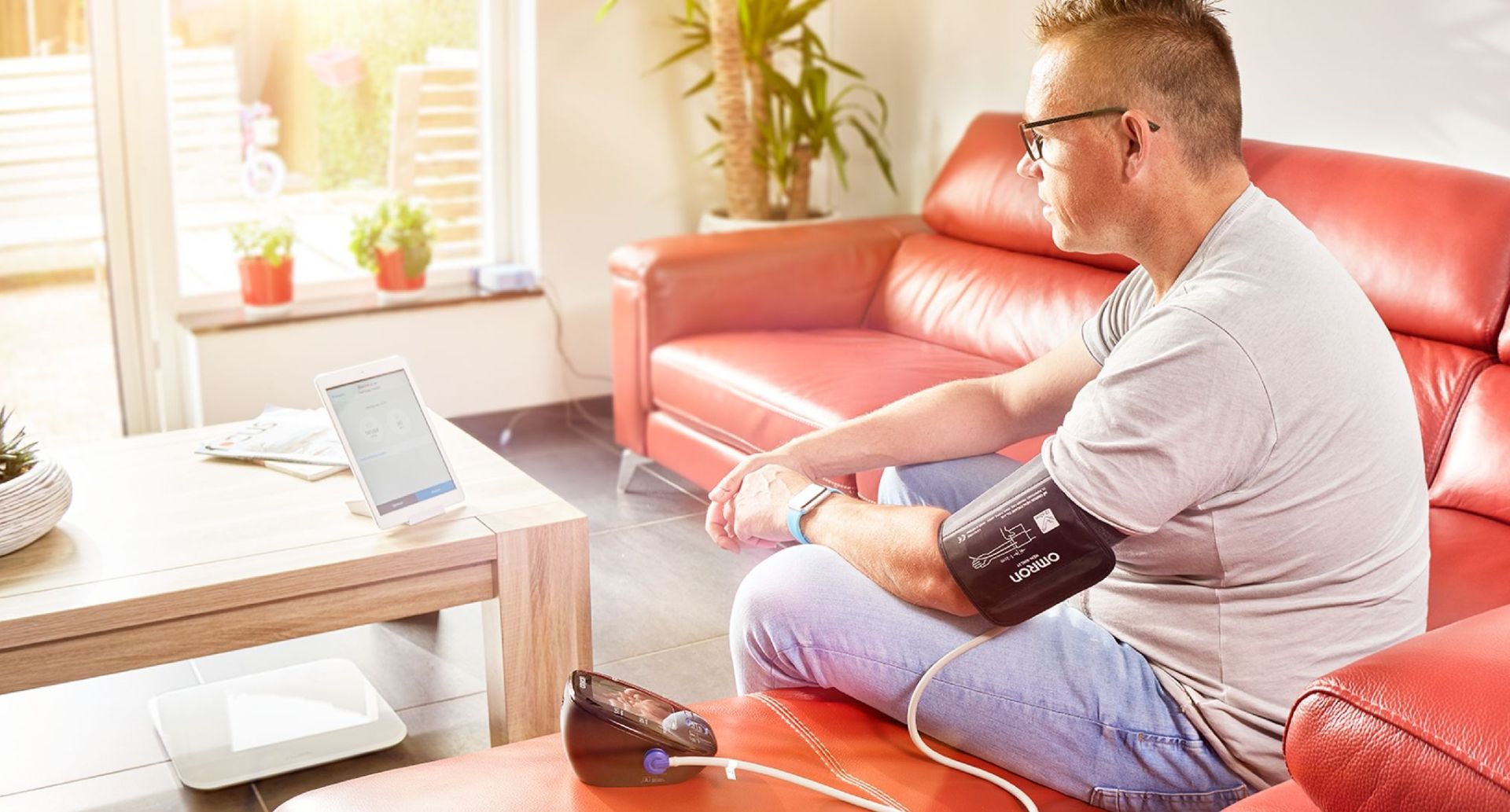Chronic heart failure patients are at the center of the national effort to reduce hospital readmissions. Nearly one in four patients is readmitted for events that likely were preventable, and more than one in 10 patients is readmitted within 15 days of being released, according to the Medicare Payment Advisory Commission (MedPAC).
The leading cause of death in the U.S., heart failure is the most common hospital discharge diagnosis for Medicare patients, and treatment of them is among the most expensive.
As the Affordable Care Act requires hospitals to take more responsibility for patient outcomes, health care officials are determined to reduce the number of heart patient readmissions.
In October 2012, Medicare began refusing to pay for unnecessary readmissions of patients with heart failure, heart attacks and pneumonia, and in August 2013, Medicare fined 2,225 hospitals $227 million for excessive readmissions in those categories.
Monitoring Heart Patients Reduces Readmissions
A study evaluated 83 heart failure patients, who also had four to five other co-morbidities, who were released from an integrated health system in Southwest Missouri between February and August in 2011.
The patients were divided into two groups: one received telemonitoring services for six months, and the other, a control group, did not.
The results were analyzed by a Missouri State University researcher who found that patients who received telemonitoring services were less likely to be readmitted and more likely to take their medications than patients in the control group.
Heart failure patients often suffer from depression because their illness can seriously limit their activities, sleep and social relationships.
Compared to the control group, the patients in the telemonitoring group indicated a greater quality of life, as measured by the scores on the Minnesota Living with Heart Failure (MLWHF) scale, a commonly used Likert-scale patient self-assessment of how heart failure affects patients’ daily lives.
How Telemonitoring Works
The 83 patients in the control group and the telemonitoring group were sent home from the hospital with medications and instructions provided by their discharge nurse. Patients in both groups may have also received home health services paid for by their insurance companies.
For the purposes of the study, the patients in the telemonitoring group received an additional layer of care. Remote patient monitoring that included daily measurements of their biometric readings and questions regarding their symptoms.
Every day the patients used peripherals such as a pulse oximeter to measure oxygen levels and heart rate, weight scales and a blood pressure cuff to record vital sign changes. With a touch of a button, these measurements and answers to questions regarding the patients’ symptoms were transmitted to the telemonitoring provider nurses.
The patients had established parameters for their vital signs. Anytime the patients’ vital signs were outside the acceptable parameters or the patients replied to the questions regarding their symptoms in a negative way, the patients received a call from their nurse.
The information provided a framework for the daily conversation between the patient and caregiver about the specific health issues the patient was having that day. The nurse also provided proven clinical interventions and coordinated with the patients’ other care providers.
After ongoing coaching, patients and their families were able to determine on their own when a vital sign had changed enough to be a cause for concern. When problems occurred, patients were instructed to call the telemonitoring provider, which provided nursing help around the clock.
The amount of time the nurse and the patient spent on the phone calls depended on the condition of the patient, education provided and care coordination. If a physician needed to be contacted, the nurse made the call and coordinated any changes to the plan of treatment with the patient.






